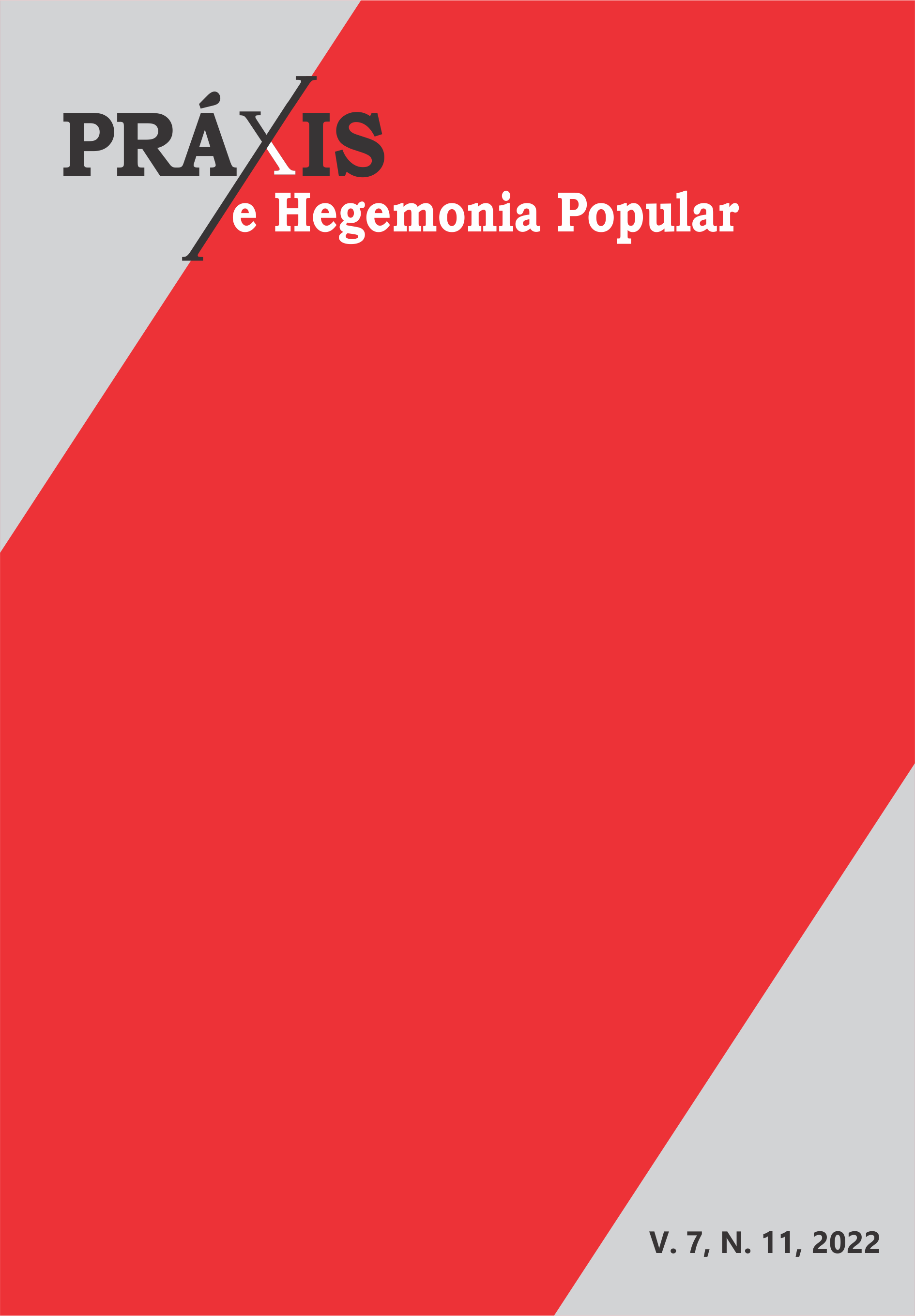THE PRIVATE APPARATUS OF HEGEMONY IN PARANAENSE EDUCATION.
DOI:
https://doi.org/10.36311/2526-1843.2022.v7n11.p280-294Keywords:
BNCC, Private Apparatuses of Hegemony, Education in ParanáAbstract
This article is an integral part of the research, carried out within the scope of the Graduate Program in Education (PPGE/UNICENTRO/PR) and linked to the Research Group: State, Policies and Management of Education (UNICENTRO/PR), which analyzed the Apparatuses Deprived of Hegemony (APH) in the context of implementation of the BNCC of the early years of education in Paraná municipalities, with emphasis on the Reúna Institute. We start from the understanding of the State through the contributions of Antonio Gramsci. The text is organized in two parts: in the first moment we approach the conception of integral State for Gramsci and its opening for participation and the APHEs in the educational sphere. Then we emphasize the participation of Instituto Reúna as APH of the bourgeoisie, in the educational solutions for this implementation of the BNCC in the municipalities of Paraná. Finally, the results indicate that the APHEs are instruments of the bourgeoisie and are legitimized by the State model, understood as society and political society, which found in education a fertile field of development.
Downloads
Downloads
Published
Issue
Section
License
Copyright (c) 2023 Revista Práxis e Hegemonia Popular

This work is licensed under a Creative Commons Attribution 4.0 International License.
At the time of online submission of articles, the Declaration of Responsibility and Copyright must be sent as an attached file.
The document grants publication rights to Revista Práxis e Hegemonia Popular and, in case of approval, also to carry out normative and grammatical adjustments in order to maintain the standards of the cultured language.












